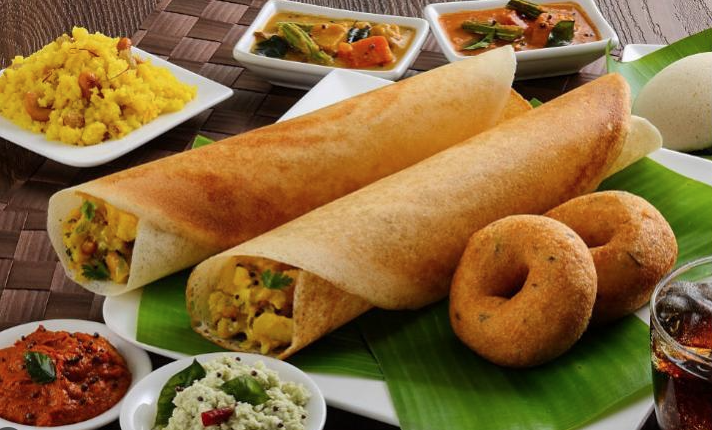
Babulal Ganvir and Jagdish Chandra Bose. Since the early seventies, they held sway in Sevagram for a span of thirty years. Babulalji’s Aaloo Bonda was an irresistible treat, and Jagdish’s Masala Dosa was no less mouth-watering. Babulalji ran his canteen on credit, while Jagdish mostly relied on cash. Babulalji spoke Marathi with a soft-spoken tone, and Jagdish’s Hindi was tonged with a distinct South Indian accent. Babulalji was known for his reserved manner, while Jagdish was somewhat boisterous in demeanour.
After a successful run of over thirty years, Babulalji closed his shop in 1995, and Jagdish followed suit by shuttering his hotel in 2017. Though their canteens have faded into memory, the delicious aroma of their food still lingers in the minds of Sevagram’s residents.
But where did their paths cross? Both Babulal and Jagdish started their canteens when Sevagram Medical College was just beginning. These canteens played a vital role in shaping the lives of medical students by providing them with a much-needed respite from the demanding and arduous medical education. Without these canteens, medical students would have had a tough time enduring the Sevagram days.
The duo of hotel owners was a perfect match. They were not adversaries but comrades in providing snacks, beverages and meals to their customers. They never thought that they were rivals—Jagdish even went the extra mile to teach Babulalji how to make filter coffee—and by working together, they eased the stress medical students had to endure. And so, in the humble hamlet of Sevagram, the south Indian and north Indian hotels worked in unison—their collaboration became the epitome of unity in diversity. They came from different backgrounds and did their businesses independently despite their differences.
During a phone call last weekend, I asked Jagdish if he could take me a trip down memory lane and share some stories from his Sevagram days. The call lasted ninety minutes. I jotted down notes in my notebook, pausing every so often to ask for more details, clarifying the timeline or specific events that happened. As he spoke animatedly, I could sense the range of emotions he felt—happiness, joy, and a sense of fulfilment. It was a pleasure to catch up with him. I realised that time had not changed Jagdish. Just like his hot Masala dosa, he remained crispy on the outside and soft on the inside.
The Gutta clan: tracing their roots
Jagdish, also known by various names such as Jagdish Gutta, Gutta Jagdish and Jagdish Chandra Bose, founded The Madras Hotel in Sevagram back in 1973. The hotel remained a fixture in the area for over 40 years until it finally permanently closed its doors in 2017.
Originally from Tenali, a town in the Guntur district of Andhra Pradesh, Jagdish was born to Mr Subrahmanyam and Jawahari Bai ten days after India gained independence. When he was just 24 years old, he started experimenting with a dish that would eventually become a crowd favourite at The Madras Hotel—the Masala Dosa, a South Indian crepe filled with spicy potatoes and served with chutney and sambar.
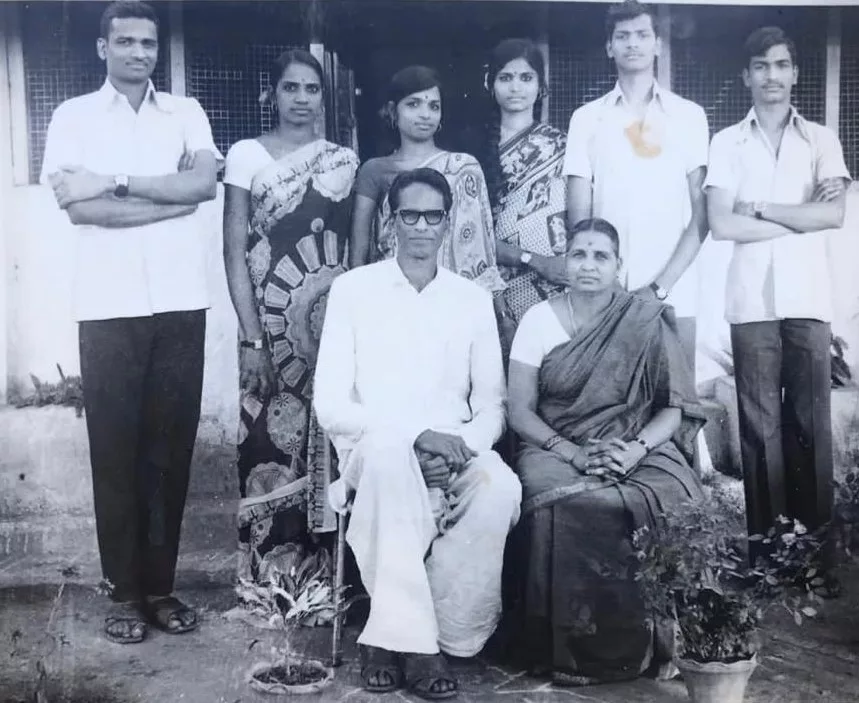
In 1942, Gandhiji visited Tenali and spoke about the importance of educating people in their mother tongue to promote social and economic equality. This message resonated with the people of Tenali, who realised that providing education in the local language could help bridge the gap between the educated and uneducated masses.
Mr Subrahmanyam was one of the people in Guntur who blended Gandhian and leftist ideals. The lanky Subrahmanyam—he measured six feet five inches—came to Sevagram in the mid-1940s to work at the Gandhi Ashram. Despite being imprisoned by the British during the freedom struggle and receiving only an eighth-grade education, he was keen to spend his time in Sevagram. He was entrusted with overseeing the Ashram’s agricultural section. After Gandhiji’s death, he moved to Tamilnadu, where he lived for almost two decades.
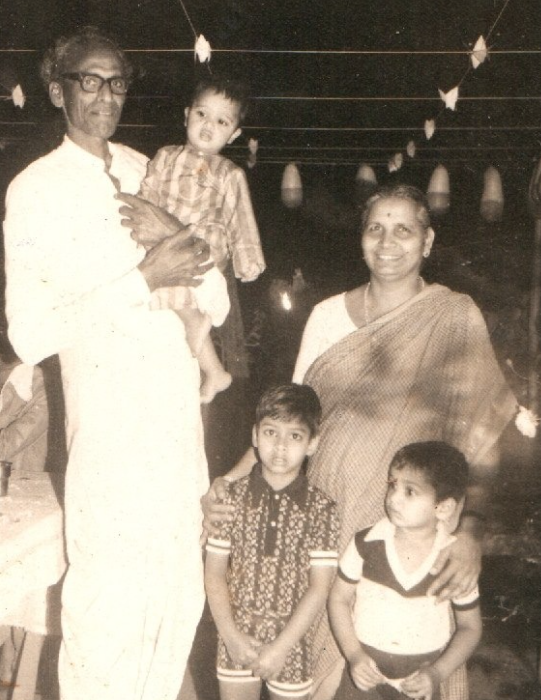
How did it all begin?
In 1969, Jagdish returned to Sevagram with his mother and worked alongside esteemed individuals such as Anantramji, Prabhakarji, Shankaranji, Godseji, Pandeji, and Sathiyanathanji at the revered Gandhi Ashram. It was during this time that fate intervened, and Annasaheb Sahasrabuddhe, a prominent figure in Sevagram, urged Jagdish’s family to establish a small canteen at Maganwadi in Wardha.
Two years later, Annasaheb invited Jagdish to move to Sevagram and set up a canteen near the old hospital. The tranquil town had scarcely any stores, and Annasaheb believed that Jagdish’s canteen would not only provide him with an income but also serve a social cause. Overjoyed with gratitude, Jagdish readily accepted the offer, though there was a condition attached: the canteen could not sell tobacco or wine, and smoking or consuming alcohol was strictly prohibited on the premises.
Annasaheb was greatly respected by the Gutta family, and they even volunteered their labour to build a dam near the Dean’s office in Sevagram that was named after him. He also played a pivotal role in the development of the shops that graced Sevagram Square
Despite his lack of experience and knowledge of Marathi and Hindi, Jagdish was determined to make the hotel a success. He readily accepted the terms and conditions and established The Madras Hotel in 1973, intentionally naming it to indicate that the hotel would be serving South Indian snacks. In those days, anything south of the Vindhyas was commonly referred to as Madras.
Jagdish dropped out of school and only spoke Telugu and Tamil until he moved to Sevagram. With little knowledge of Marathi and Hindi, he began learning Hindi by listening to Kishore Kumar’s songs and gradually picking up new words. Over time, he became fluent in Hindi, much like famous South Indian actors Kamal Haasan and Rajnikant.
Jagdish’s brothers, Uday Kumar and Kranti, briefly worked at the family business while studying at the local science college. A few years later, Uday Kumar moved to Hyderabad, while Kranti graduated from JB Science College and obtained an MSc from the Institute of Science, Nagpur. He then served in the Nagpur branch of the Reserve Bank of India for three years before moving permanently to Hyderabad. Interestingly, Jwala Gutta, Kranti’s daughter, was born in Sevagram hospital in 1983 and went on to become a left-handed Indian badminton player of mixed Indian and Chinese descent. She has won the National Badminton Championships thirteen times. However, I plan to write a separate blog post on this topic.
Jagdish rented the canteen space from Sarva Seva Sangh for a monthly fee of Rs. thirty. The canteen’s unadorned features—the unplastered brick walls, red clay tile roof, mud flooring, and pebbled pathway—gave it a dull and dreary interior. With just a few wooden tables and benches, and later, plastic chairs for customers to sit and eat, the decor was sparse. Dr Ajay Mittal, an MGIMS alumnus from the class of 1987, left MGIMS twenty-six years ago, but he still remembers the ambience of the Madras Hotel vividly. The canteen was sometimes poorly maintained and untidy, with chipped and cracked plates and glasses. Nonetheless, the hotel attracted a constant flow of customers who kept returning for more.
The Madras Hotel did not boast modern amenities like air conditioning, Wi-Fi, or soft music, nor did it offer exotic cuisine or well-trained waiters. During the scorching Sevagram summers, when the temperature rose above a hundred and fifteen in the shade, the noisy desert coolers in the hotel struggled to beat the summer heat. But what it lacked in luxury, it made up for its warm hospitality and a personal touch, typical of a family-run establishment.
Jagdish and his family were content with the way things were. Having grown up in a small town in Andhra Pradesh, they did not see the need for such luxurious amenities. The Madras Hotel was a simple establishment that served its purpose and captured the hearts of the local community.
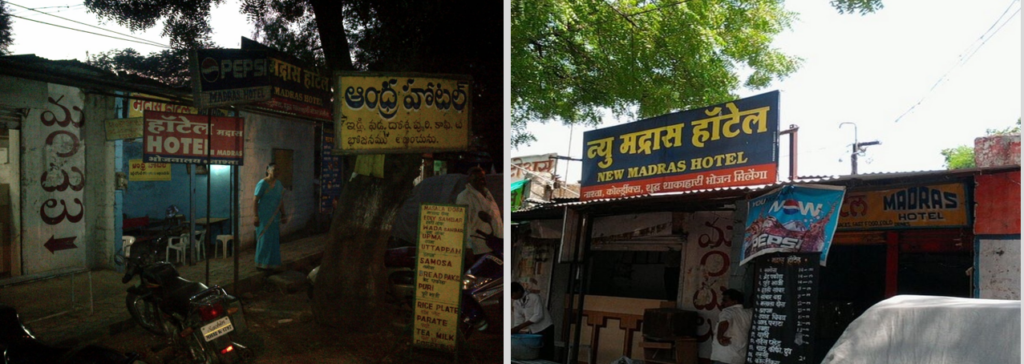
Behind every great chef, there’s a mom!
In the tranquil Sevagram, nestled in a corner of the Madras Hotel, resided the heart and soul of the establishment: Jawahari Bai. She was not only a master of the kitchen but also the matriarch of the family-run hotel. Her culinary creations were a treat for anyone lucky enough to savour them, and her dosas were the talk of the town. She could effortlessly whip up a mouth-watering dosa in no time.
Dr Power Rahuri, an MGIMS alumnus from the class of 1979 and now a radiologist in Hyderabad, fondly recalls, “Jawahari Bai was an early riser, arriving at the hotel as early as 7 am to begin her work in the kitchen. She would oversee the workers, ensuring that the dosa batter was of just the right consistency, the filling was perfectly prepared, and the Tawa temperature was optimal. “If the dosa batter is too thick, the dosa will turn out hard and difficult to spread. If it’s too thin, it will stick to the pan and break while being flipped,” she would explain to her workers. Her batter was always perfectly fermented, resulting in a mouth-watering dosa every time.”
“Jagdish shared a deep emotional connection with his mother and relied on her to manage the hotel,” he added.
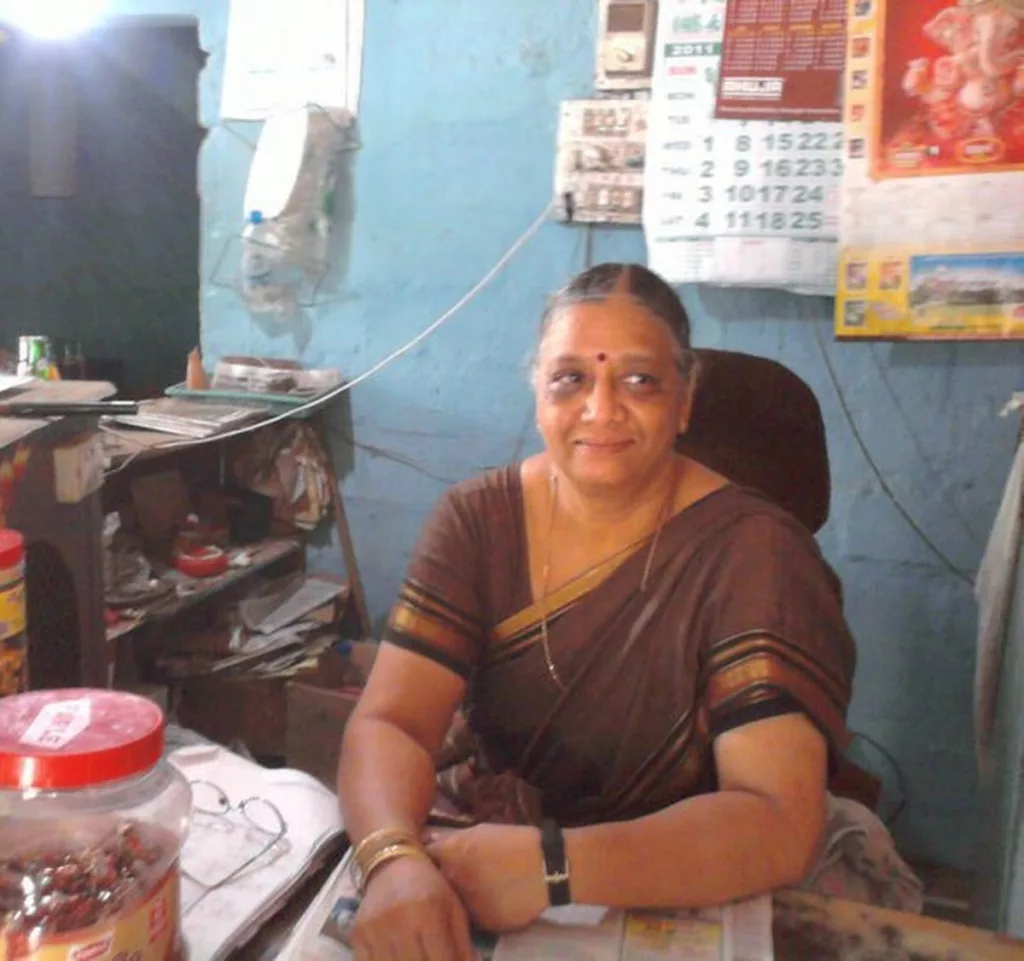
“My mother was the backbone of the kitchen. She spent years perfecting her recipes, and her dosas were a work of art,” Jagdish recalled.
During the summer of 1982, when I began working as a senior resident in Medicine at Sevagram medical college, I often joined the Medicine residents to try the Madras Masala Dosa. Although I am not a food connoisseur nor consider myself a food enthusiast, the memory of that experience has stayed with me. The dosa was perfectly cooked, crispy, and served with flavorful spiced masala, accompanied by coconut chutney and sambar, making for an unforgettable dining experience.
As time passed, Jhansi, Jagdish’s spouse, assumed the duties of operating the family’s hotel and overseeing the kitchen with as much efficiency as Jawahari Bai did in the past. Meanwhile, Jagdish and his father handled the billing counter, while the small hotel was bustling with activity.
Behind every great chef, there was a mother, and in the case of the Madras Hotel, it was the indomitable Jawahari Bai.
South Indian Delights: A Journey through Madras Hotel’s Menu
The Madras Hotel was renowned for its delectable savoury snacks, with the Masala Dosa being the crowd favourite. Made from a batter of rice and urad dal, this crispy crepe was filled with spicy potato masala. The hotel also served hot Idlis and Uthappam, both made from rice and urad dal batter, and typically accompanied by coconut chutney and sambar. The snacks were paired with filter coffee, brewed in a traditional South Indian filter and served in a tumbler.
The Gutta family took immense pride in their food and aimed to showcase the rich culinary heritage of South India through their dishes. Despite attracting customers from far and wide and gaining popularity, the family remained grounded and continued to serve the same simple, authentic food with added love and pride. Their hotel became a symbol of the modest lifestyle and cultural richness of Telangana, and they were proud to represent Sevagram village.
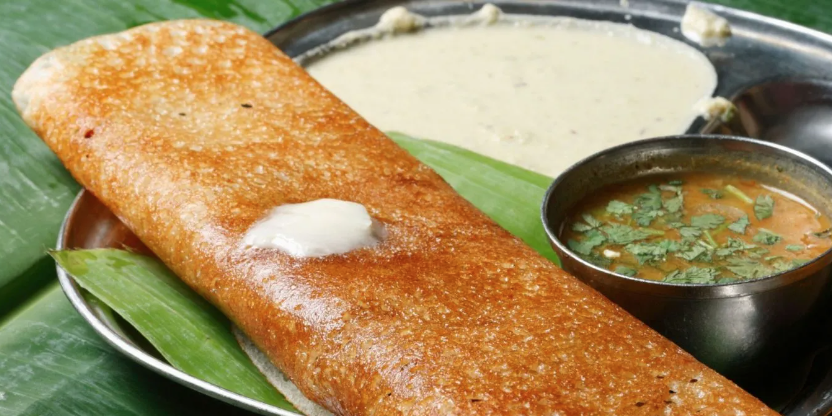
The hotel’s reputation for authentic South Indian cuisine quickly spread throughout the village and even beyond. Such was its popularity that when Prime Ministers Indira Gandhi and Rajiv Gandhi visited Sevagram, the district collector requested idli and dosas from Hotel Madras specifically for them. From breakfast items like idli, dosas, vadas, and sambar, to elaborate curries and rice dishes for lunch and dinner, Hotel Madras ensured that every guest was well-fed and satisfied.
Madras Hotel: A Nostalgic Trip Down Memory Lane for MGIMS Alumni
Dr VK Gupta, a pathologist based in Allahabad and an alumnus of MGIMS from the class of 1976, remembers the Madras Hotel as a rustic version of the Indian Coffee House (ICH) “It suited us to have a hasty Wada and coffee at the Madras hotel before we entered the hospital wards. The hotel’s affordable South Indian dishes suited medical students’ and residents’ busy schedules, even though the hygiene was below par. The owner, a lanky man, quickly calculated bills, and a child in rags named Roybon used the same cloth to clean the table and crockery until he was reprimanded by the senior Gutta. In 1970s, it was common for rural Indian hotels to have poorly made wooden furniture that often sagged, a gravel floor, and buzzing flies. This hotel was no exception. During the summer, a cane juice vendor would set up a shop outside the hotel.”
“Despite these flaws,” says Dr VK Gupta, “we loved the hotel. The owner, a gentle and kind elderly man, would always listen to their complaints about things like stale sambar or burnt vada and do his best to address them. I can vividly recall the owner sitting on his owner’s chair while wearing a long white Khadi kurta and dhoti. During busy hours, the owner’s sons would also lend a hand.”
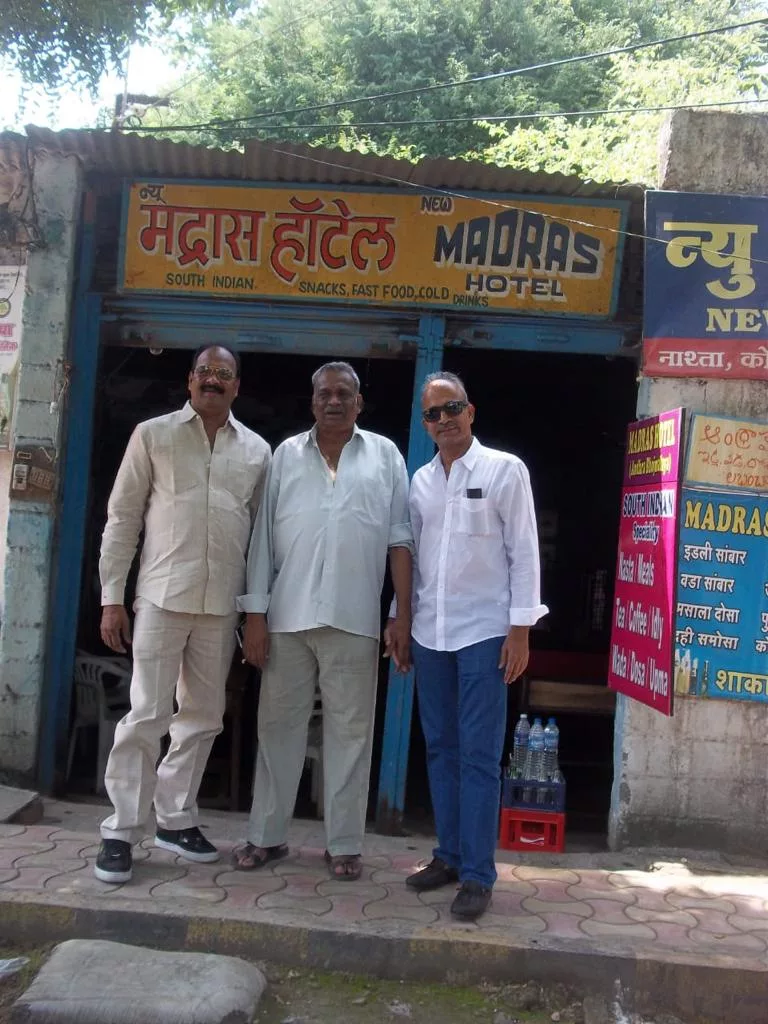
Dr Shreevidya Venkatraman, a Chennai-based physician and MGIMS alumnus from the class of 1989, fondly remembered the origins of the Gutta family and their hotel. According to her, Jagdish’s mother and wife Jhansi were both skilled cooks who prepared all their snacks from scratch using traditional recipes and ingredients. This gave their food a unique and unmatched flavour.
Dr Venkatraman’s father, Mr CD Gokulachandran, moved to Sevagram in 1975, and her mother used to speak some Telugu, which helped her befriend senior Gutta. “I used to go to the hotel to pick up either ghee or the batter (they were the first to have the actual grinder). Mr Subrahmanyam, the senior Gutta, was strict and scary, always asking me to study hard,” she recalled.
The hotel gained popularity among medical students and residents who frequented it for their daily breakfasts. Dr KK Aggarwal, a distinguished alumnus of MGIMS from the class of 1975, was among the regulars. Fondly recalling Dr Aggarwal’s visits, Jagdish noted that he always carried cardamom in his pockets and preferred full Elaichi Chai, not the cut Chai. During his stays, he often brought large medicine books and spent hours absorbed in them, seemingly unaware of the other patrons.
“My Jijaji ran a Udupi restaurant in Crawford Market in Mumbai during the seventies. Jagdish would frequently visit him to learn the trade. Thus, even before my admission to MGIMS, I was familiar with Sevagram, making the connection between my family and the area all the more meaningful,” recalled Dr Paresh Desai, a paediatrician based in Mumbai and an alumnus of MGIMS from the class of 1980.
“When I was serving as a house officer in Medicine in 1986, I would visit the Madras Hotel regularly to order and eat multiple servings of samosas and sugarcane juice after being awake all night in the medical ICU,” he added.
“MGIMS students would visit the hotel during their breaks. The hotel was a popular choice among students due to its affordable rates and proximity to the college and the hospital. In the evenings, after a long day of studying, the medical students would often gather in the hotel’s dining area to indulge in the hotel’s South Indian snacks. The hotel’s crispy vadas and masala dosas were a favourite among the students, who would often order multiple servings,” says Dr Power Ravuri, an MGIMS alumnus, class of 1979 and a Hyderabad-based Radiologist.
_____________________________________
The Madras Hotel: A Tale of Dedication, Hard Work, and Simple Pleasures
Mr Subrahmanyam and Jawahari bai had humble beginnings and had to work hard to establish their canteen. They started small, cooking and selling food from a small canteen. They would wake up early in the morning to prepare the food and then spend the rest of the day selling it to medical students.
Their dedication and hard work paid off, and their canteen became a popular gathering place for medical students. Jagdish fondly recalled the festive atmosphere during Holi, with many medical students gathering under the Neem tree just outside the hotel to listen to Dr ML Sharma’s Holi jokes.
The success of the Madras Hotel was a source of pride for the Gutta family, who had achieved their dream of running their own business. They created a space where people could come together, share a meal, and enjoy the simple pleasures of life. Despite their popularity, they never forgot their roots and continued to serve the same simple food with love and pride. The hotel became the face of Sevagram village and a symbol of the simple life and rich culture of Telangana.
__________________________________
Mahabharata, Mohinder Amarnath and the Madras Hotel
During the 1980s and 1990s, the Ramayana and Mahabharata TV serials became cultural phenomena in India. The shows were broadcast on the state-owned TV channel Doordarshan and captured the hearts of millions of viewers across the country. However, for people living in Sevagram, the experience of watching these shows was very different. Due to poor television signals, the images that appeared on the screen were often blurry, and the sound was crackling. Despite this, the Madras Hotel acquired a black and white TV set in the early 80s, and it quickly became a popular spot for people to gather and watch their favourite shows.
Jagdish, the owner of the hotel, knew what it took to get a clear signal. He and his staff would often adjust the antenna of the television set. This was a challenging task that required patience and skill, involving a lot of trial and error. Sometimes, someone would spend half an hour trying to get the antenna in the right position to get a clearer signal. Jagdish would also switch off all other electrical appliances in the hotel to avoid any interference with the TV signal. Despite these efforts, the picture would often turn into a blur, and the sound would get distorted.
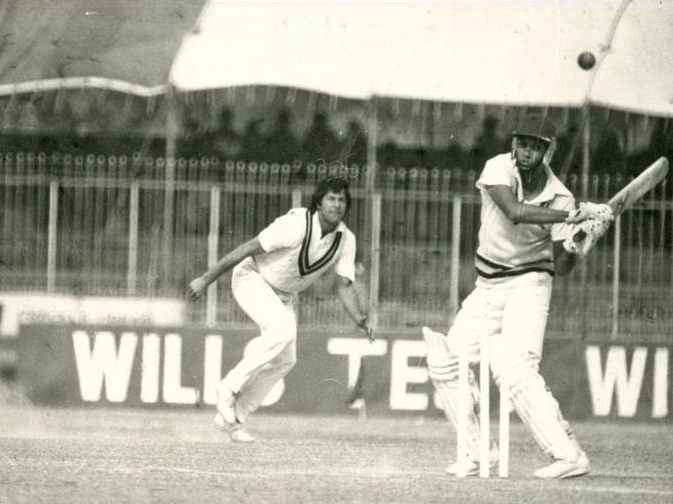
The challenges didn’t end there. Watching cricket matches on Doordarshan was also a difficult experience. The picture quality and sound were often poor, but people still did their best to watch the game. In the 1982 India vs. Pakistan Test series, MGIMS students in Sevagram sat in front of the TV, their excitement reaching its peak when they watched Mohinder Amarnath hit Imran Khan for a six. Although there were no slow-motion replays, people would use their imagination to visualise the game. For many, the joy of cricket lay in the thrill of the game, not the clarity of its transmission.
When India won the World Cup in 1983, we at the Madras Hotel watched some of the matches and realised that even with the poor transmission, the excitement of the game was still felt. This moment exemplified the spirit of cricket and the joy that it brings to people, regardless of the challenges they may face. The Madras Hotel and the Sevagram of the seventies remind us that sometimes, it’s not the quality of the medium but the passion and excitement of the moment that truly matters.
_________________________________________
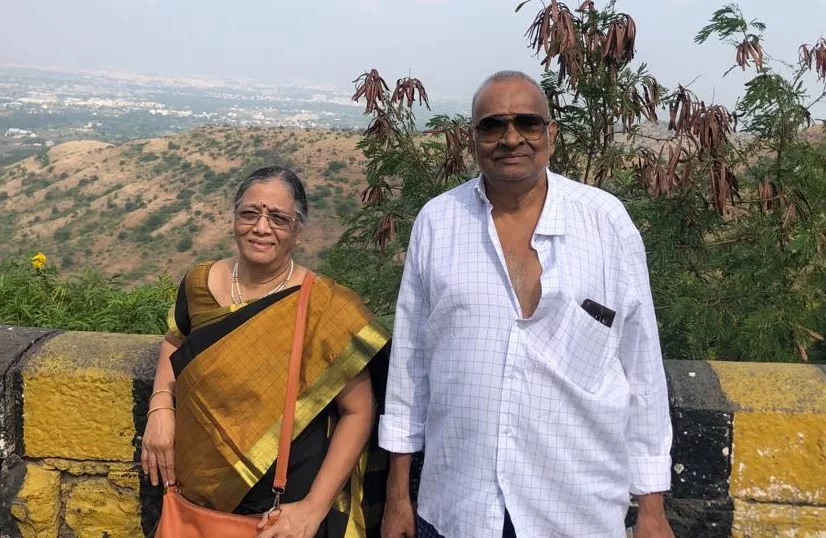
Saying Goodbye to the Madras Hotel: A Bittersweet End to a Remarkable Journey
Over the years, the Madras Hotel thrived, thanks to the hard work and dedication of Jagdish and his family. Despite being an unabashed canteen owner who rarely minced his words, not only did he and his family establish a thriving enterprise, but they also brought joy and happiness to medical students and residents.
In 2017, at the age of seventy, Jagdish decided to bring down the curtains on his remarkable hotel. He found it challenging to adapt and cater to the evolving needs and tastes of his customers. As soon as the hotel shut down, several new shops sprouted up, taking the place of what was once a favourite destination for medical students and doctors. With his sons, Amar (Mumbai-based food researcher) and Ajay (Pune-based IT professional) urging him to retire from the business, Jagdish and his wife made the decision to relocate from Sevagram to Pune, where their son Ajay lives. His mother, who crossed the age of 100 two years ago, lives with his younger brother in Hyderabad. Unfortunately, in 2017, at the age of 102, Jagdish’s father passed away.
Jagdish sounds happy, fulfilled, and content today. His tale teaches us that although his hotel wasn’t perfect, it possessed a certain charm that I find difficult to put into words. The hotel may have had a few rough edges, but it was brimming with cordiality, kindness, and some of the finest South Indian cuisine that medical students were fortunate to discover in a tiny village.
It brings to mind the saying that imperfections can make something truly special.
__________________________________________
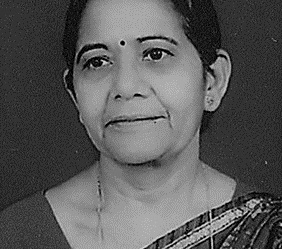
Well researched and heart touching memories, i could connect with each line.
A perfect write-up about an eatery that was a lifeline for students and residents at a nominal cost. Your depiction is so powerful that I lived every description as if it was yesterday. Thanks for revealing the famous Jawala Gutta linkage with the family.
It was the parents of Jagdish who ran the show. Around 1980, there was a division of the business, with Jagdish running the original hotel and Kranti and Uday starting a separate outlet in the same premises. They served shakes, sandwiches, etc
Amazing memories… and beautiful and strong people to have shared life with…inspirational
The write up reminded me of the old faded memories, refreshed and crisp even today. Wonderful writeup Sir.
Wonderful write up sir…Thanks for sharing.
Only a person with human value, humanity, deep rooted, can write such a fabulous article. Your write up can make anyone cry. It shows your affection and your love towards your surrounding. Deeply touched.
Wonderful memories of our old days… As part of the 75 batch, many of us were on monthly payment basis. After the morning lecture and before going to clinics, our must-visit place was Madras hotel, with its homely atmosphere. My favorite dish was the sambhar wada, and they also served dosa, uttapam, idli, and more.”
Jagadish’s mother’s affection for us was so great that she came all the way from Hyderabad to see us during our Silver Jubilee functions, bringing back wonderful memories of our old days.
What a nostalgic writeup…. really it made me go into the past like anything… Nice pics, nice memories… Thank you Jagdish family. Love you all.
Your write-up is truly amazing, beautifully summarizing the journey of the Guttas and their significant contribution to the lives of the students of Sevagram. Reading your work is an absolute delight, sir.”
They had ‘Badshaahi Chai’……made in milk with very little water….could only afford it once in a while….as it was double the cost of the ‘Ordinary chai’….!!
Brings back memories. They used to make pakoras with chutney at around 4 pm most days when we were in S’gram, and the thought of that kept me going through the day when we were studying in the library just before exams!😊🤤
Though I spent 26 years, knew only about their canteen. Of course relished the taste of South Indian dishes. He used call faculty for sharing his joy over Samosa, vada and coffee.
Fantastic writeup to reminisce those moments.
The sugarcane juice machine was the first one to give us the much needed refreshing change.
I still remember one of my classmates mixing his filter coffee with the juice and we all called it “jane-koos”. Where else, Sewagram ishtyle…
On the day of admission, my father and I had a delicious dosa there.
It was like BUKHARA of Maurya Delhi for a bachelor like me in 1989 -1991. A welcoming attitude and food used to be fulfilling. Money did not matter to them but our food used to be their priority. Nostalgic write up sir.
Patience, perseverance, resilience, contentment, and acceptance of how and what life brings along lots of love is what these simple lives teach us , show us give us ….. heartwarming …. and all these precious collections of memoirs must be published ….. much gratitude SP Kalantri sir for writing them with so much fervour authenticity and depth of emotions … 🙏🙏✨✨
There was an old yellow signboard which hung askew near the entrance, painted with the amusing message of ” येता जाता नमस्कार ” . The establishment was replete with quirky knick-knacks strewn about with nonchalance. There was a selection of Telugu magazines of the 70s strung out on a length of nylon rope in a corner, purportedly for the patrons to read and brush up their literary skills in Telegu…
Beautiful and succinct write-up…
I used to be a monthly tiffin customer at madras hotel during my MD medicine course and also when i was a lecturer for 1 year after MD….used to have unlimited lunch and dinner at a reasonable monthly rate…Jagdish was called Babu as his pet name if I remember it right.
“In 1992, Madras Hotel was competing with Raskunj. While Madras Hotel was old, dark, and had a television set, it was usually more crowded with engineering college students, making it a place for an adrenaline rush during a cricket or soccer match. Things would take a different, more somber and measured turn when Auntiji was at the counter, while it would be more chatty, loud, and smoky when Uncle was holding fort. Madras Hotel appeared to have a more liberal credit policy, with engineering guys often having their regular dinners there.
Personally, Raskunj had become more attractive to me for its bun-butter, oil-filled burgers, chai, and Maggi.”
Excellent, nostalgic writeup Sir. Amar and Ajay being our friends we would regularly get to eat south Indian food which was really delicious. Jagdish Uncle would also give his VCR and movie cassettes for rent as he was the only one in sewagram who owned it. Wishing him and Auntyji a Happy and Healthy life ahead.
Excellent piece. Have vivid memories of Madras hotel, Jagdish and a shop run by his brother Udai. Fresh bread pakoras were their USP , a must before clinics.
We are all lucky to have you, sir. Such a vivid experience to go through. Thanks for sharing, Sir.
Great write-up. Thank you!
Shankar Bhat
I admire Dr. S. P. Kalantri for his unique writings on Sevagram campus life
Kalantri is a simple, humble but very nice Physician
Mind-blowing style of write-up, needs a dictionary
Best days of life at MGIMS with Gulab Singh, Babulal, Jagish and all
Thank you Dr. Kalantri 👌👍
Great write ups sir 🙏🏼
As a relative of patients, I personally tested both Madras Hotel and Babulal Ji’s Hotel (more at Babulalji). Babulalji’s hotel was previously located on Ashram Road, which was very close to the old clinical departments, but later shifted near the main college building. The second place, Ganvir’s Hotel, was situated on the common road of MGIMS and BDEC. Remembering these places brought back many memories for me.
Amazing write up sir. Thank you, Madras Hotel, for all your services.
Sir, your writeups take us back to the years spent in Sevagram. AND vividly remember the places and people which were getting blurred in memory lane.
Simply special sweet write-ups sir.
Speechless……
Nostalgic!! Fond memories
MH ka bread pakoda, Goras ki cold coffee aur ICH ka upama are immortal tastes 😊😊